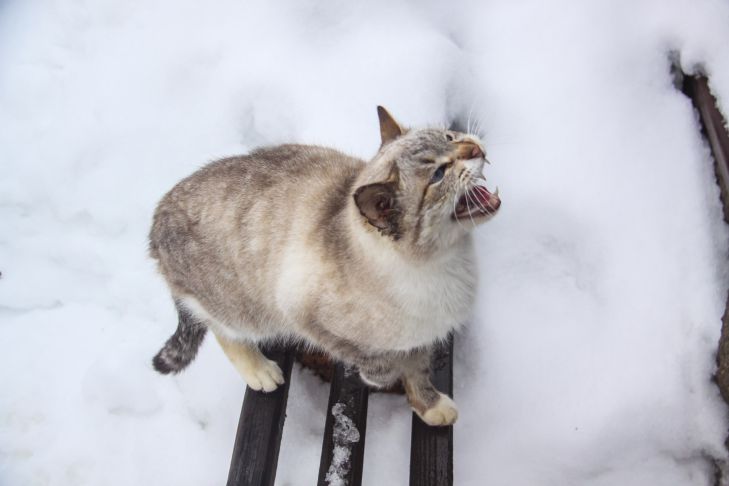How to Understand That Your Cat is in Pain: Hidden Signs You Can't Miss
Cats are masters of masking pain.
In the wild, stealth saves animals from larger predators, but it becomes a problem for their owners.
For example, a pet with a broken paw may continue to jump, but with chronic pain, it may hide the symptoms for years.
The first warning sign is a change in behavior. If a cat that loved to sit in your arms has become aggressive or is hiding under the bed, this is a reason to be wary.
Pay attention to your eyes. Squinting in one eye often indicates corneal trauma, while dilated pupils in a bright room indicate stress or neurological problems.

Breathing is also important: if a cat breathes with its mouth open at rest (like a dog), this may be a sign of heart failure or pulmonary edema.
Appetite is a key indicator. Refusing food for 12 hours is dangerous for a cat: their liver quickly begins to process fat reserves, which leads to lipidosis.
But an increased appetite is not normal either. If your cat is constantly begging for food, check it for hyperthyroidism or diabetes.
The "prayer" pose (front legs extended, rear part raised) is a symptom of pancreatitis. And if the cat sits hunched over, with its paws tucked in, this may indicate abdominal pain.
Don't ignore grooming. Excessive licking of one spot (like the belly) is often associated with inflammation or allergies. But decreased grooming (mats, dull fur) is a sign of depression or arthritis.
How to check if a cat is sick? Carefully feel its body. Press on the joints: if the pet twitches or hisses, arthritis is possible. Check the gums: paleness indicates anemia, yellowness - liver problems.
Tips for owners
- Buy an infrared thermometer to measure temperature (normal: 38–39°C).
- If arthritis is suspected, place the bed on the floor and provide warm bedding.
- If the cat is hiding, do not pull it out by force - this will increase stress. It is better to leave food and water nearby and leave.
Important: Never give your cat human painkillers! Paracetamol is lethal even in small doses. If you suspect pain, contact your vet immediately. Early diagnosis saves lives: for example, with chronic renal failure, which occurs in 30% of cases in cats over 7 years old.
